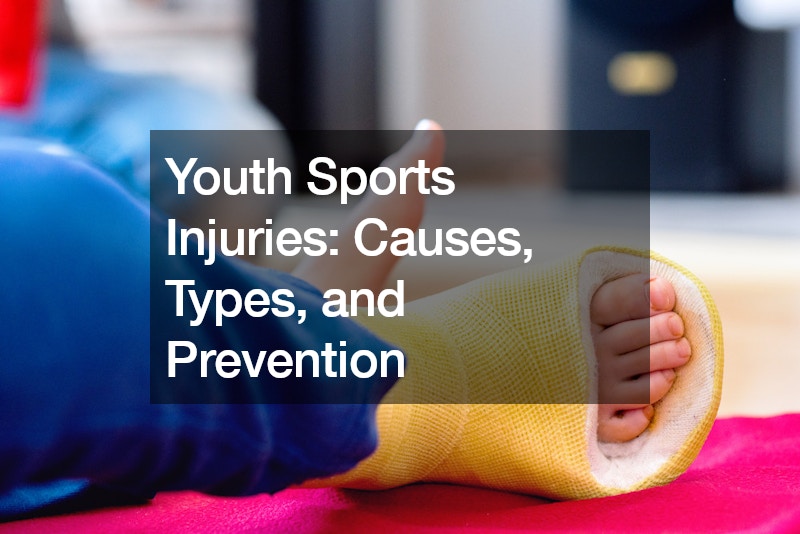Youth Sports Injuries: Causes, Types, and Prevention


Youth sports injuries are on the rise as kids increasingly participate in sports year-round. These injuries are mainly categorized into acute injuries and chronic overuse injuries.
Acute injuries, such as ACL tears, concussions, growth plate injuries, and dislocations, often result from sudden trauma or impact during sports activities. In severe cases, surgery may be needed to address the damage. A sports orthopaedic surgeon can provide the necessary expertise and care for these injuries.
Chronic overuse injuries stem from repetitive stress on joints and growth plates. Conditions like patellar tendonitis, Little Leaguer’s shoulder and elbow, and Sever’s disease are common examples.
These injuries occur due to continuous strain on specific body parts, typically from practicing the same sport excessively.
The incidence of these injuries varies with age and developmental stage. For example, younger children (ages 8-10) are more susceptible to growth plate injuries because their growth plates are still open and vulnerable to stress. Adolescent females (ages 13-16) face a higher risk of ACL tears due to a combination of hormonal changes, anatomical differences, and biomechanical factors.
Preventing youth sports injuries involves managing activity levels and ensuring proper rest. Overuse injuries, in particular, can be mitigated by modifying training routines and incorporating rest periods to allow the body to recover. Emphasizing proper technique, using appropriate equipment, and fostering a balanced approach to physical activity can also help reduce the risk of injuries.
Parents and coaches play a critical role in injury prevention. Encouraging a well-rounded approach to sports, promoting cross-training, and listening to the signs of fatigue and pain in young athletes are essential steps in safeguarding their health and well-being. By prioritizing injury prevention, we can ensure that sports remain a fun and healthy activity for children and adolescents.
.








